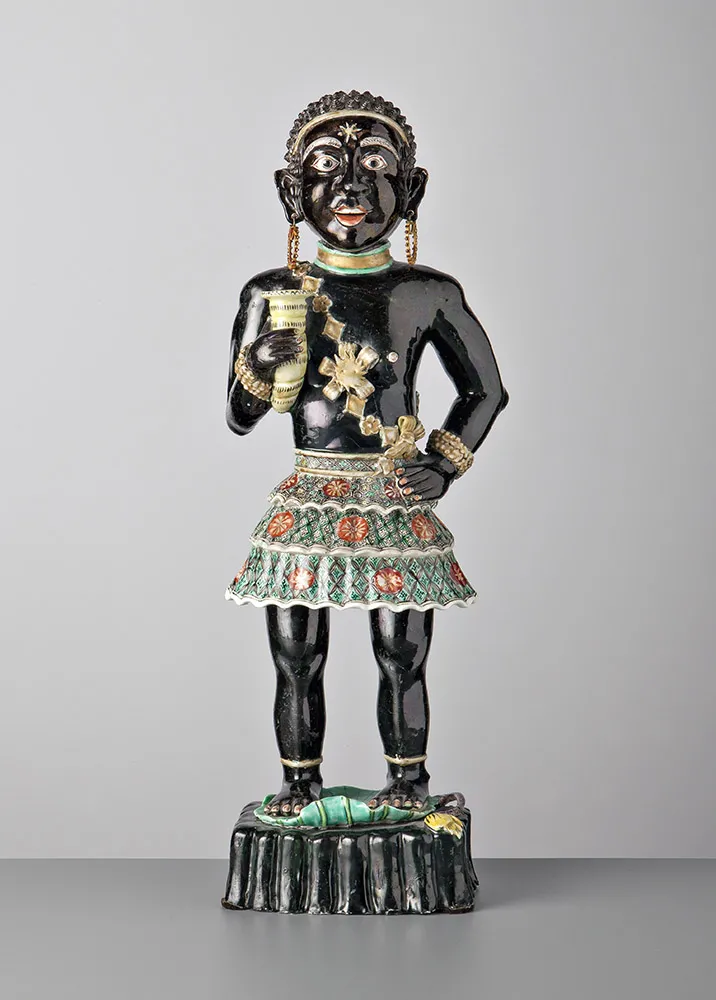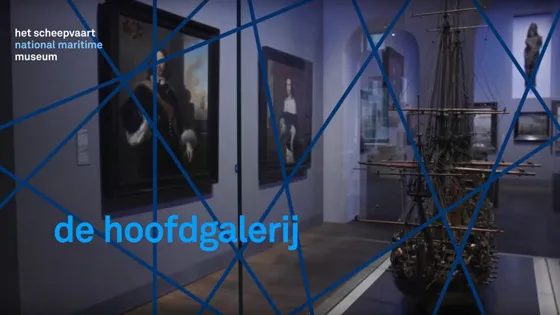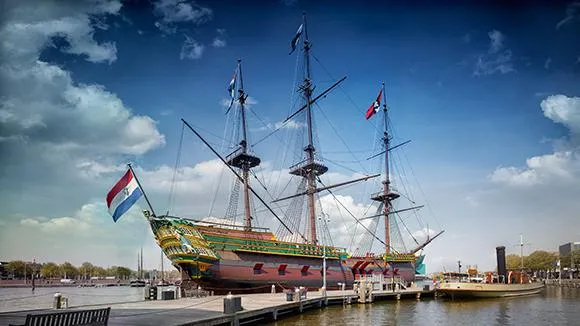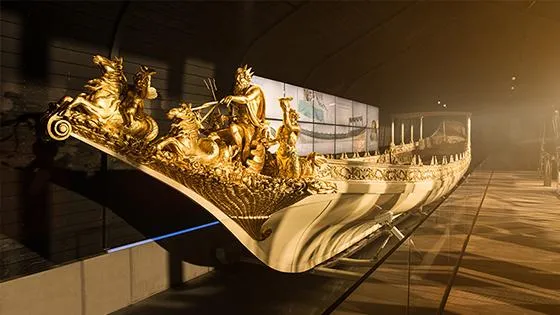Displaying over fifty masterpieces from the museum’s collection, Republic at Sea tells the remarkable story of The Netherlands as a maritime nation. A 60 minutes dive into the country's history!
This gallery is a great place to start your visit to the National Maritime Museum. It’s an exhibition that tells how The Netherlands is linked to the sea via trade and war. Admirals were heroes that rose and fell (usually in battle) within a few years, while countries could be best of friends or sworn enemies within the same time. It also covers daily life in the Netherlands as a republic from the 17th and 18th centuries onwards. You’ll be surprised at what you’ll see and learn from this exhibition, at one of the best museums in Amsterdam.
exhibition at a glance
what
This is an exhibition that launched May 2019 at our National Maritime Museum Amsterdam. Displays are of naval paintings and portraits telling battle stories, model ships like a Dutch ‘man of war’ displaying its many guns, a decorative leisure towing yacht, antique globes, art pieces, real weapons like a canon or sword, and a cannonball recovered from defence ramparts.
Approx. 60 minutes needed
who
A more adult-focussed gallery, older children may be interested by models and stories. An interesting audio guide is available.
where
Enter and walk straight ahead towards the North Wing, then head right once through the arch.
about
Water has shaped the Netherlands’ history. And in turn this affected faraway lands we traded to and from. Can you imagine how our small country had such a great impact on other countries’ economies? The 'Dutch golden age’ was a rich time for the lucky few, and we were a leading country in maritime practices like map-making and naval warfare. This exhibition shows some of the story behind this era.
Interesting paintings show images and trading routes from what became Dutch colonies. One antique globe from a small shop right here in 17th Century central Amsterdam shows a world map of the time—isn’t it different to what you’d see today? There’s even a real decorative leisure towing yacht to walk around, rich people used these for small trips to show off their standing and wealth.
Displaying over fifty masterpieces from the museum’s collection, Republic at Sea tells the remarkable story of the Netherlands as a maritime nation.
more about the gallery and art displays: two important stories
The first story is one you’ll see entering Republic at Sea, and is the most well-known; about grandeur and economic wealth.
At the start you’ll see impressive art piece ‘The Battle of Gibraltar’, a painting about the 80 years’ war and something that changed the way naval wars were fought and financed forever. The VOC or Dutch East India Company (in Dutch Vereenigde Oostindische Compagnie) helped finance this war with their trade bringing in great revenue. There are also interesting naval portraits like one of young Isaac Sweers (who fought in the Anglo Dutch wars) and his wife Constantia.
the second story of colonialism, violence and slavery
The second story is harder to tell, it’s about the darker side to the seventeenth century including colonial domination, violence, and slavery. Dutch ships, traders, and their routes to Africa and Indonesia helped make slavery possible.
They sailed laden with spices and exotic goods aiming to trade them in home ports such as Amsterdam, their stops making trade in people also possible. In the mid-gallery there is a portrait of Admiral de Ruyter, one of the most well-known admirals of his time. And you’ll now find a portrait of Cornelis Tromp acquired in 2018 (an admiral that helped win the long Anglo-Dutch war), marked as a double portrait. It features a man thought to have been his slave—his name unknown but important that he’s now acknowledged within the scene. In this way, grand naval paintings to sit alongside more thought-provoking stories around slavery to give a wider perspective on colonialism.
Another new display is one of a Chinese famille noire porcelain statuette which gives a common stereotyped interpretation of a slave man. This would have been commissioned by a rich family and handmade in China, probably to show off their wealth.

famille noire figure of a standing man, porcelain with enamel. China, Kangxi period (1662-1722), circa 1720. The National Maritime Museum, 2018.0652.

videos
Discover more about the exhibition and its stories.

East Indiaman Amsterdam
On the quay of our museum lies an exact copy of the famous East Indiaman Amsterdam that was wrecked in 1749 during its first voyage. It is one of the showpieces of the museum.

the Royal Barge
200 years ago King William I commissioned the construction of a royal vessel. Being a maritime nation par excellence, a royal rowing barge was a perfect match for the Netherlands.